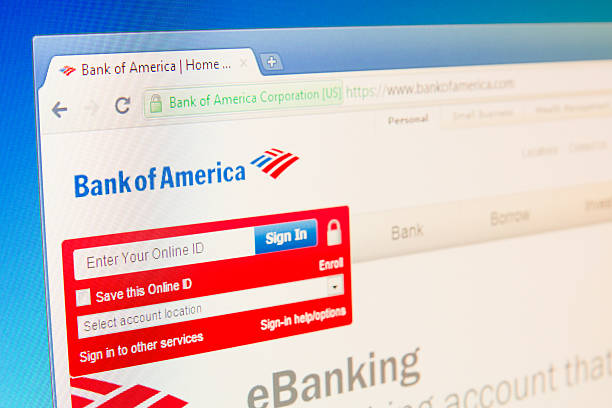In the United States, companies have the right to protect their brand identity and prevent others from using similar names or designs. Trademark Registration services may be purchased outright or assigned by a manufacturer, distributor, or vendor. In many cases, law requires companies to get permission before using another company’s trademark in their own marketing materials. If you use someone else’s trademark without permission and there is no chance your customers will be confused about who manufactured the product, it may still constitute unfair competition under federal laws prohibiting deceptive trade practices.
A trademark is a word, phrase, logo, image or combination of these that a company uses to distinguish its products and services from those of other companies. A trademark can be registered with the United States Patent and Trademark Office but it is not required to use it in commerce.
Trademarks are protected by law; however, there are limited exceptions for fair use or nominative fair use when another party simply refers to your product by its common name.
Most businesses should follow basic guidelines if they want their trademark protected:
Trademarks can be purchased or assigned. If you want to buy the rights to use a trademarked name for your company, you can do so by purchasing it from the owner. It’s also possible to get a trademark assigned by another company that has it—for example, if Yahoo! were to sell off its search engine division.
If you don’t want to buy or assign someone else’s trademarked word, word combination or logo design, you may still be able to use it without permission under certain circumstances—more on this later on in this article!
In many cases, the law requires companies to get permission to use another company’s trademark in their own marketing materials. This is because trademarks are supposed to help consumers identify which products and services come from which companies. If you used a competitor’s trademark without permission, it could be confusing for consumers who might think that your product came from the wrong company.
If someone else owns a registered trademark for something similar or identical to what you’re selling, it could create confusion among consumers by leading them to believe that your business is closely connected with theirs (or even owned by them). For example: if you own a chain of ice cream stores in Florida called “Belmont Ice Cream,” and another company owns a chain of ice cream stores called “Belmont Dairy” nearby, customers would likely assume that there was some kind of connection between both businesses despite their different names—and this could hurt sales either way!
You could get a cease and desist letter from the company that owns the trademarked name. The letter will tell you to stop using the trademarked name in relation to your product or service. If you don’t agree with what’s in their letter, you can send them a response explaining why you don’t think there is any infringement.
If this doesn’t work and your company continues to use their trademark without permission, they may sue for damages (money), attorney fees (money) and an injunction against further use of their trademarked name on products that compete with theirs.
Trademark infringement cases
The key question in all trademark infringement cases is whether the new trademark will confuse potential customers about the source of the product. In other words, if a consumer sees your company’s name and thinks it’s an official product from another company, that would be confusing and could result in a lawsuit.
USPTO Trademark Filing is designed to protect consumers from being confused about who is behind a product or service, because trademarks help consumers make informed decisions about what they buy based on brand recognition. For example, imagine you’re shopping for soda and see two different brands masquerading as Coke: “Coke-O” and “Coke-X”. How would you know which one was real? Trademarks exist to prevent this kind of confusion by giving each company its own unique identifier so that customers can easily tell where their goods come from without having to guess at it first or ask around enough times until someone knows what they’re talking about (or buying knockoff goods accidentally).
If you use someone else’s copyrighted work in an unauthorized way, you may be guilty of copyright infringement. You can get permission to use someone else’s copyrighted work. If you use someone else’s copyrighted work without permission, you may be guilty of copyright infringement.
When you’re considering using a trademarked name in your own marketing materials, make sure you get permission.
If the trademark is registered, it’s not yours to use without permission. Furthermore, if someone gets mad about how you used their trademarked name and sues you for damages, they’ll probably win. You may be ordered to stop using the name in question or even pay damages for its use so far.
If the company that owns the trademark doesn’t care who uses it (or if they’re dead), then there won’t be any consequences—but why would they allow anyone else to use their valuable asset? It’s much better for everyone involved if both parties are on good terms so that other people don’t come after them later with lawsuits (and no one cares about suing).
When you’re considering using a trademarked name through US Trademark Registration in your own marketing materials, make sure you get permission. The key question in all trademark infringement cases is whether the new trademark will confuse potential customers about the source of the product. If your marketing materials use someone else’s trademark without permission and there is no chance customers will be confused, it may still constitute unfair competition. If you use someone else’s copyrighted work in an unauthorized way, you may be guilty of copyright infringement. The bottom line: avoid using another company’s name when possible, but if there are compelling reasons for doing so (such as when a customer asks for a product by its brand name), then contact them directly with questions before proceeding with any plans to use their trademarked name.





